What’s that washed up on the beach?
Those who spend time in and around Morro Bay may have seen a recent increase in eelgrass washed up near local coastal access points like Pasadena Point, Tidelands Park, or State Park Marina. This washed-up seagrass is known as wrack, and can often accumulate to form a distinctive “wrack-line” along beaches.
Here at the Estuary Program, we’ve had numerous local reports about the increase in wrack. People are asking whether the eelgrass is dying, and whether they should be alarmed at the amount of wrack washing up. Local meteorologist, John Lindsey recently addressed this increase in an article for the San Luis Obispo Tribune.
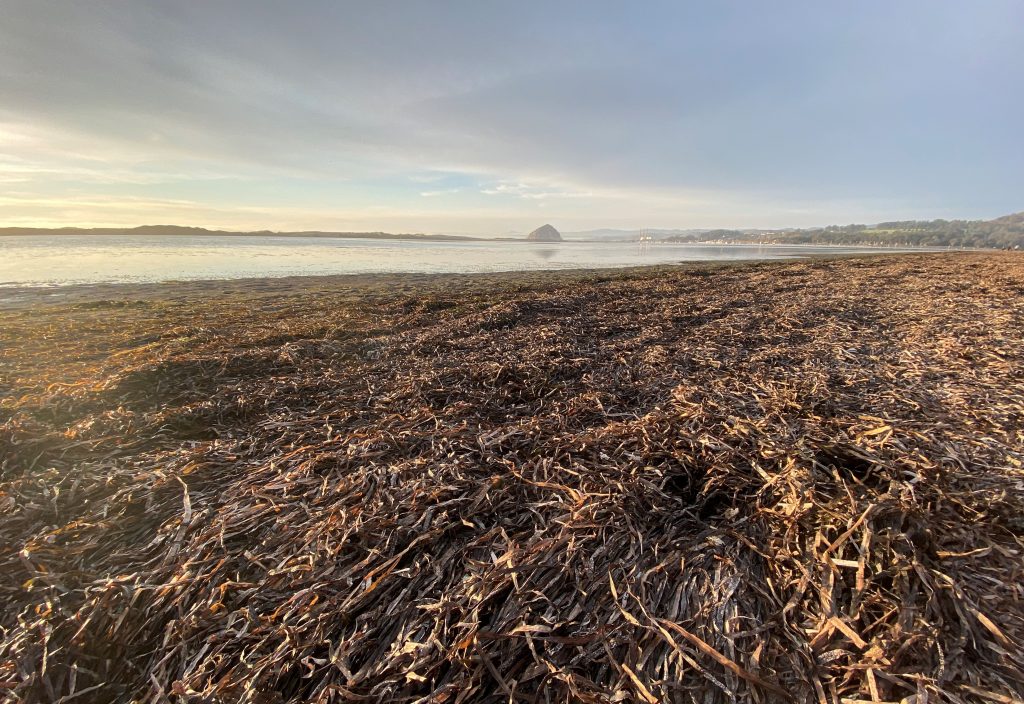
Why is there so much wrack?
The amount of eelgrass wrack found along on the shoreline depends on a few different factors. Eelgrass is a flowering plant that sheds its leaves annually. Weather and high tides also play an important role in dispersing wrack, meaning that the amount of eelgrass wrack on the beach changes with the seasons.. Another factor in wrack accumulation is new eelgrass growth. When there is more eelgrass in the bay, we’re also likely to see more eelgrass wrack on the shore.
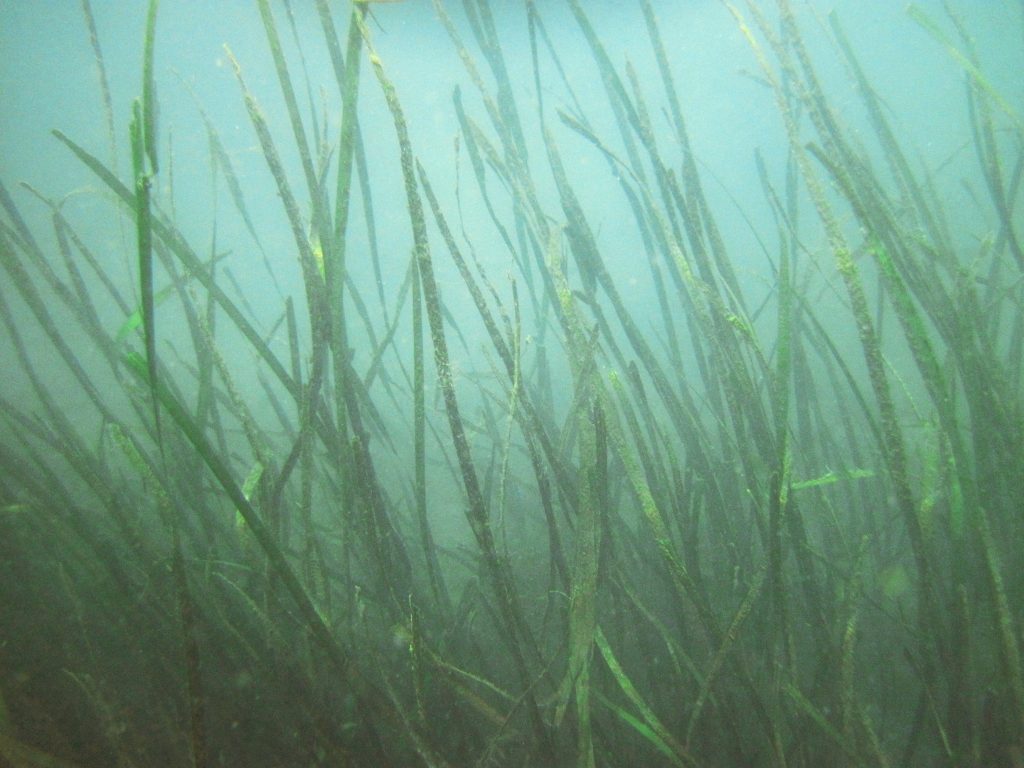
Historic eelgrass acreage
Morro Bay once supported one of the largest populations of eelgrass in the southern California region. Early records of eelgrass acreage indicated over 400 acres of coverage. In the 2010s, the eelgrass acreage in the bay severely declined, leaving only about 13 acres by 2017.
Between 2017 and 2019, eelgrass appeared to rebound, as the acreage more than tripled, rising from 13.3 acres in 2017 to 42.5 acres in 2019. This substantial increase in eelgrass coverage correlates with what our monitoring staff have seen on the ground; areas that were barren only a few years ago are now covered in a continuous eelgrass bed.
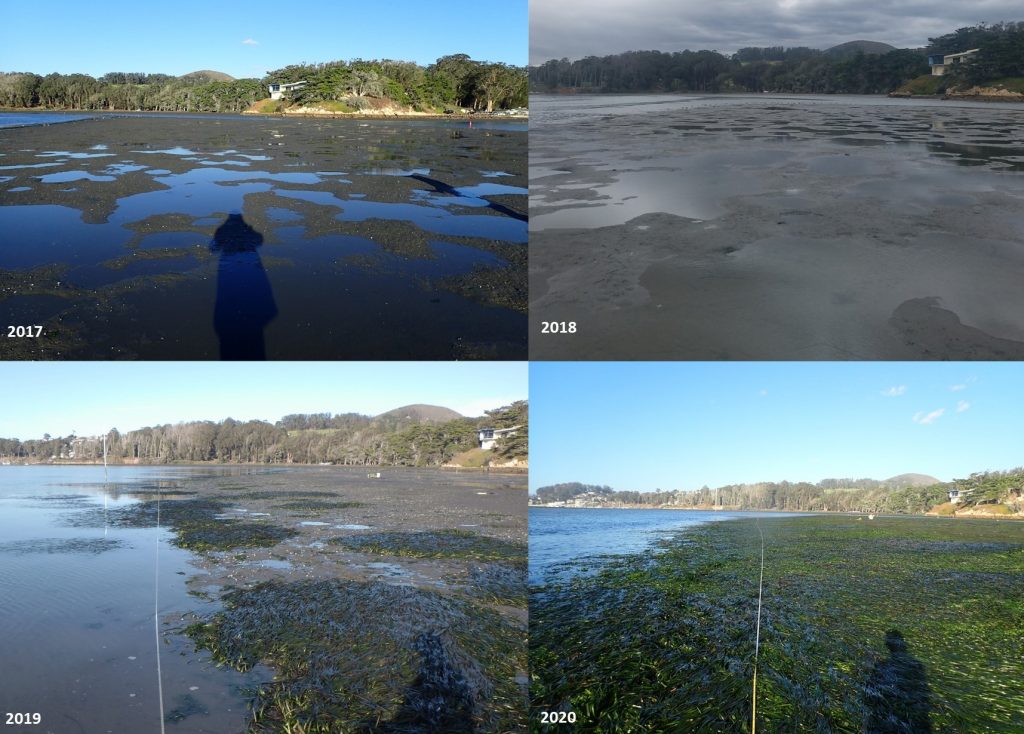
New eelgrass mapping efforts are currently underway, but preliminary results from 2020 surveys indicate more than double the amount of eelgrass acreage from only one year prior. These numbers suggest eelgrass acreage in the Morro Bay estuary may have grown to upwards of 80 acres, indicating a major expansion since 2017, although the projected acreage is still below predecline levels.
This recent increase in eelgrass acreage is likely a major contributor to the amount of eelgrass wrack in the bay. And, if growing trends continue, we will likely continue to see large amounts of wrack deposited along our local shorelines.
Ecological functions of wrack
Washed up eelgrass wrack plays a number of important ecological roles for the bay, and the different species that live along the shoreline.
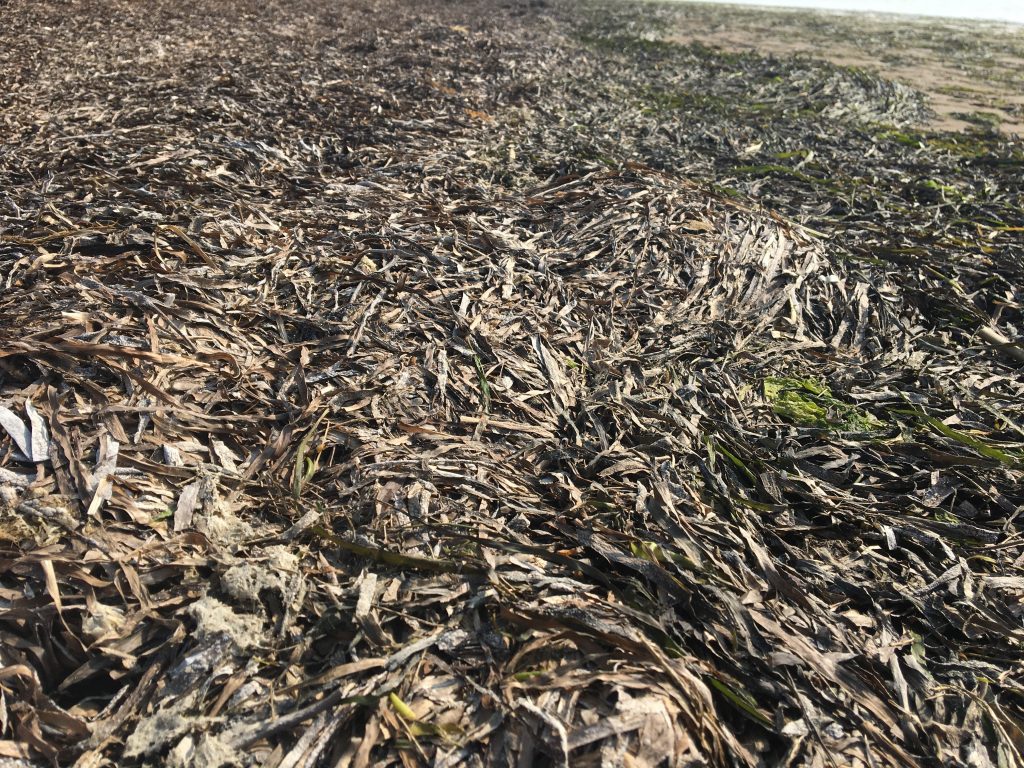
Primarily, wrack helps to recycle nutrients from the bay onto the shoreline. Birds and invertebrates rely on wrack for food and habitat. In certain cases, wrack can also help to stabilize banks from the impact of the constantly moving waves and reduce bank erosion.
Stay tuned!
While eelgrass acreage analysis is still underway for the 2020 season, we are expecting the final results soon! Those interested in seeing our 2020 numbers should stay tuned with our blog by subscribing here.
For further information you can also visit our online library. All of our current Eelgrass Monitoring Reports are listed under Data and Technical Reports.
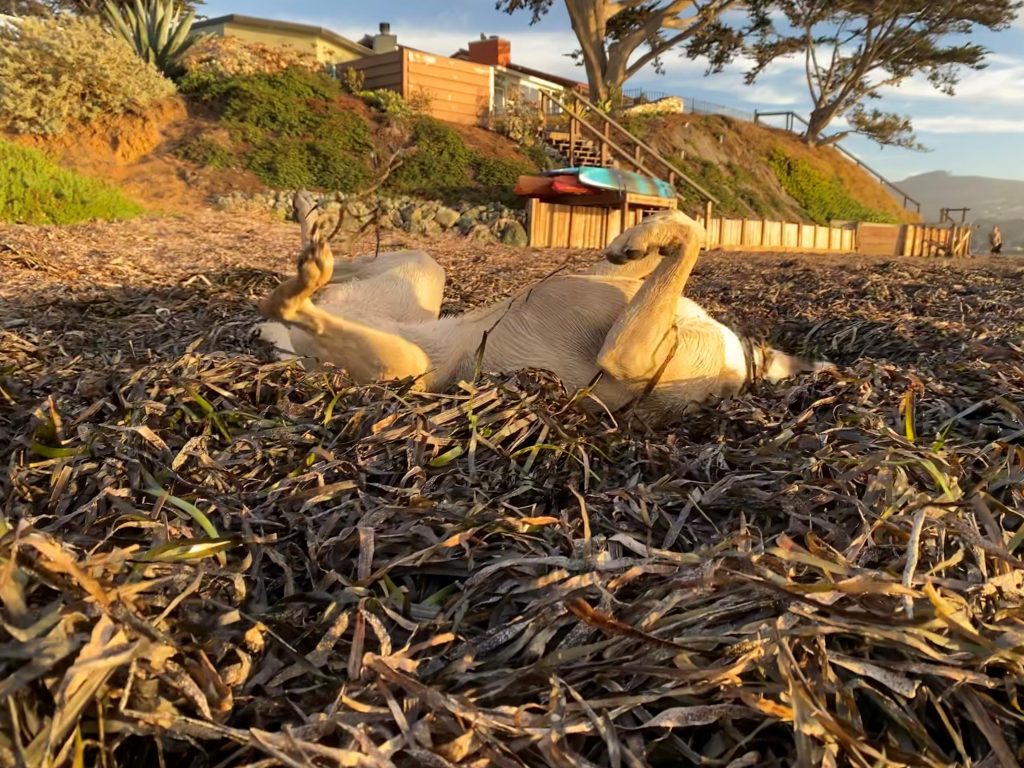
Help protect and restore the Morro Bay estuary
- Donate to the Estuary Program and support our work in the field, the lab, and beyond.
The Estuary Program is a 501(c)3 nonprofit. We depend on funding from grants and generous donors to continue our work. - Support us by purchasing estuary-themed gear from ESTERO. This locally owned and operated company donates 20% of proceeds from its Estuary clothing line and 100% of Estuary decal proceeds to the Estuary Program. Thank you, ESTERO!
- Purchase items from the the Estuary Program’s store on Zazzle. Zazzle prints and ships your items, and the Estuary Program receives 10% of the proceeds. Choose from mugs, hats, t-shirts, and even fanny packs (they’re back!) with our fun Estuary Octopus design, our classic Estuary Program logo, or our Mutts for the Bay logo.
Thank you for your support!